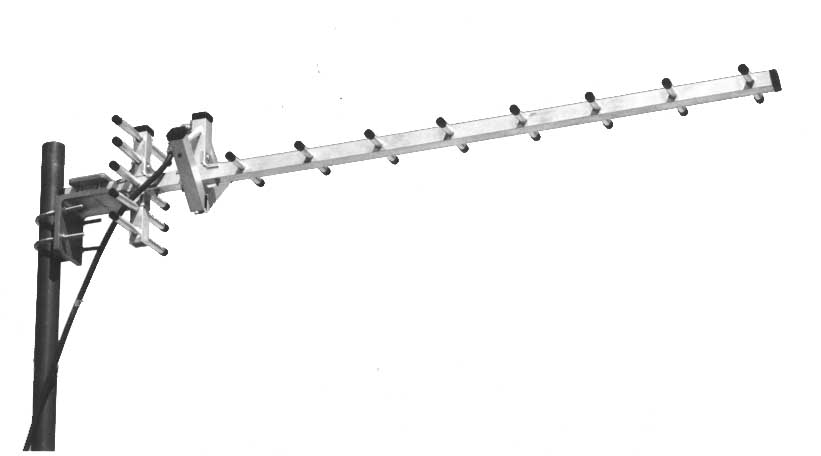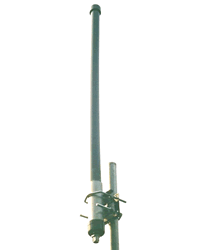Wireless or Wifi antenna’s are separated into two main types, directional and omnidirectional. For long distance work there is no substitute for a good directional antenna. While focusing the transmitted signal to cover greater distance, the receive performance is also greatly enhanced. By listening in one direction only, a significant amount of ‘noise’ from other directions is eliminated, providing a better ‘signal to noise ratio‘.
The performance of an antenna is measured in dB. For every 3db of gain the power is doubled. Most manufactures specify gain as dBi (dB gain over an isotropic or fictitious antenna radiating equally in all directions).
When using an antenna to increase the range of your wireless network, be careful not to violate any local laws governing output power. Because the signal is magnified in one direction the EIRP (Equivalent Isotropically radiated Power) is increased.
The Australian legislation covering ouput power is here.
Basically in Australia 2400 to 2463Mhz (channels 1-9) maximum EIRP of 4W (36dBm) and 2463 to 2483Mhz (channels 9-13) maximum EIRP of 200mW (23dBm).

As you can see, this grid or parabolic directional antenna is designed to reflect the signal into a focal point. This is similar to how a magnifying glass works with light. This type of antenna usually provides the best gain and thus the longest link distance. It can focus the signal into a very fine point.

Another type of directional antenna is a yagi. The bigger elements on this type of antenna also serve to reflect signal back to the main element, thus focusing the signal from one direction.

Even though omnidirectional antennas do radiate in all directions, they too can be made to perform better by improving their gain. In this case the sphere pattern that would surround an antenna with no gain, is squashed flatter to provide better coverage out to the sides instead of wasting energy transmitting up and down.
Obviously with all antennas, the improved gain performance also works for the received signal.
Leave a Reply